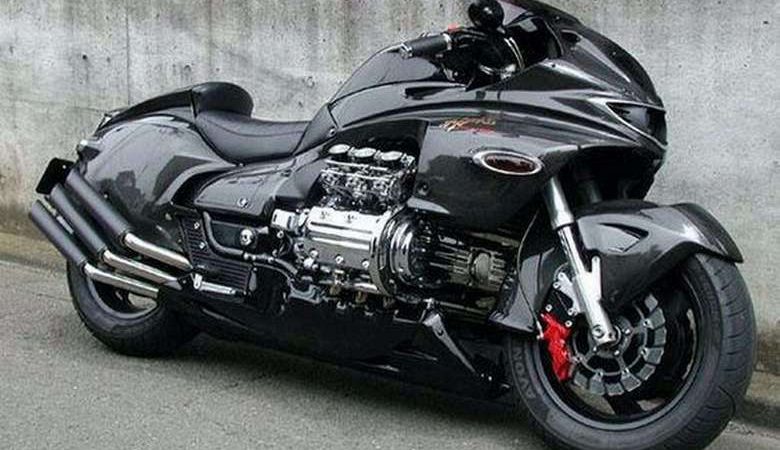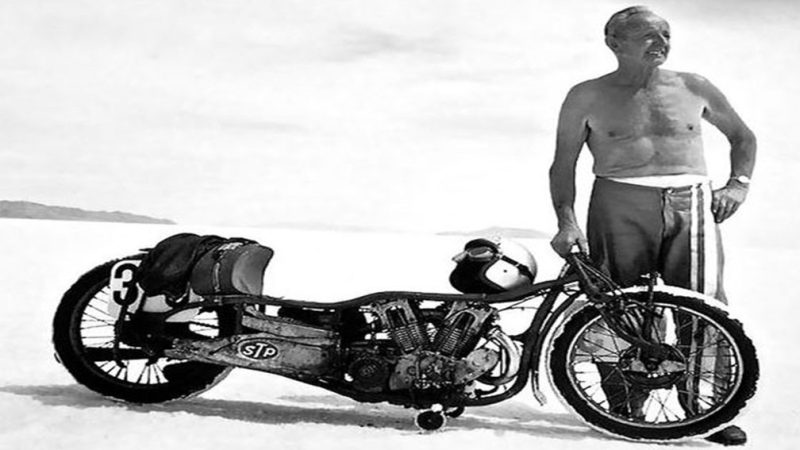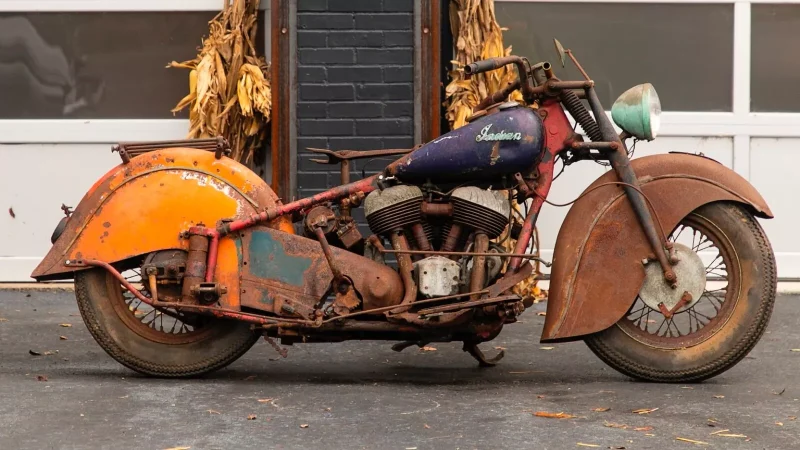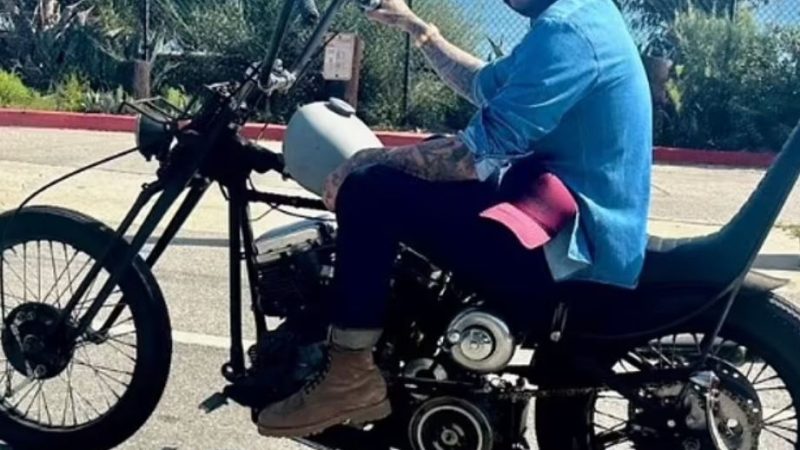The 1969 Honda CB 750 four motorcycle! was the first motorcycle to be called a superbike.( in lovely candy Gold color)
Honda of Japan introduced the CB750 motorcycle to the US and European markets in 1969 after experiencing success with its smaller motorcycles. In the late 1960s Honda motorcycles were, overall, the world’s biggest sellers. There were the C100 Cub step-through—the best-selling motorcycle of all time—the C71, C72, C77 and CA778 Dreams; and the CB7277 Super HawksSports. A taste of what was ahead came with the introduction of the revolutionary CB450 DOHC twin-cylinder machine in 1966. Profits from these production bikes financed the successful racing machines of the 1960s, and lessons learned from racing were applied to the CB750. The CB750 was targeted directly at the US market after Honda officials, including founder Soichiro Honda, repeatedly met US dealers and understood the opportunity for a larger bike.
The Honda CB750 is an air-cooled, transverse, in-line-four-cylinder-engine motorcycle made by Honda over several generations for year models 1969–2003, plus 2007, with an upright, or standard, riding posture. It is often called the original Universal Japanese Motorcycle (UJM).
Though other manufacturers had marketed the transverse, overhead camshaft, inline four-cylinder engine configuration and the layout had been used in racing engines prior to World War II, Honda popularized the configuration with the CB750, and the layout subsequently became the dominant sport bike engine layout.
The CB750 is included in the AMA Motorcycle Hall of Fame Classic Bikes; was named in the Discovery Channel’s Greatest Motorbikes Ever; was in The Art of the Motorcycle exhibition, and is in the UK National Motor Museum. The Society of Automotive Engineers of Japan, Inc. rates the 1969 CB750 as one of the 240 Landmarks of Japanese Automotive Technology.











